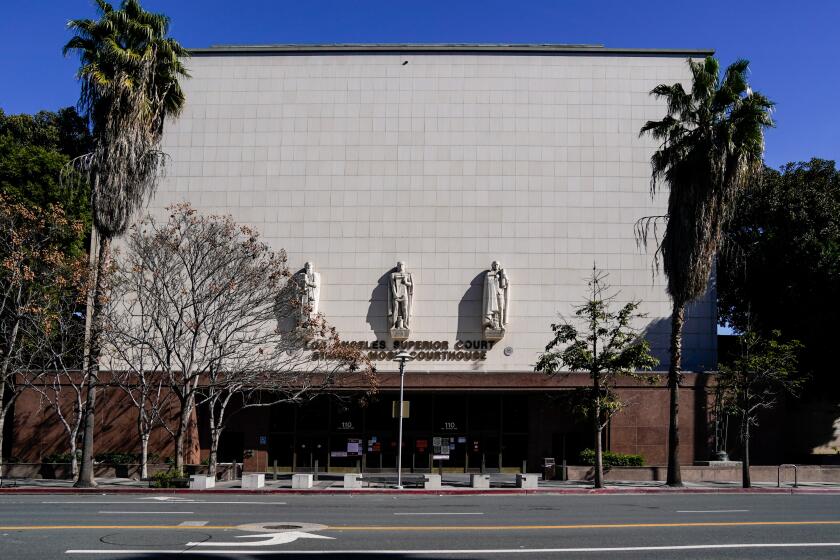The joy of feathers
If we see them at all, they’re usually plastered to the grill of our car or limp beneath a house window. Rarely, a few of us witness a mass die-off, like the thousands of blackbirds that recently fell from the Arkansas sky. The death of a bird is usually invisible. How many of us have looked at the delicate skeleton of a vireo, the tiny trellis of hummingbird bones? Birds are mostly small, dying out of sight and mind, turning quickly to the earth they once flew above.
They are done in by predators, poisons, wind farms and utility lines; they are confused to death by light pollution and fireworks; they are shot by hunters — whose licenses also provide funding to help prevent the biggest cause of bird mortality, habitat loss. Every day in America nearly 14 million birds die, according to one estimate, out of a total population of billions.
I’ve been watching birds for years. Birds are the most colorful wild creatures in our lives. They can transport us from our dull, angry routines with a song or a flash of wings. Even cities have their feathered wildness; I’ve seen skyscraper falcons and exotic parrots. Elsewhere, I’ve come face to face with a rare yellow-eyed penguin on a New Zealand ocean cliff. I’ve held a Cooper’s hawk, just banded with an identification tag by scientists, before releasing it into the misty skies above Nevada’s Goshute Mountains. I’ve felt the almost weightless scratch of a scrub jay as it fed on nuts from my palm in the Rockies. No less vivid have been the denizens of my yards in Indiana, Kansas, Utah and, now, Tucson. In all those places, my heart has been healed, even if for a second, by the touching, sudden, piercing call of a woodpecker called the northern flicker, which says “kyeer” or, if you are inclined toward metaphor, clear.
I’ve seen birds die, mostly from window strikes, even with blinds or stickers deployed inside to break up reflections in the glass. In Utah, I once heard a thud against our house, went outside and found a pine siskin barely alive, blood pouring from its beak. I dashed inside for a rag, covered its head and then broke its neck. The siskin made a heart-rending cry before I dispatched it. It was the first time I’d killed anything other than an insect with my hands. Last week, I came home to witness a Cooper’s hawk, eyes fiercely purposeful, tearing at a mockingbird, whose feathers erupted almost comically at each stab of the hawk’s beak.
Having examined specimens for a book about extinction, I also know the old corpses of birds. It’s extraordinary to see the bright feathers of long-dead birds against the cold white metal of a museum drawer. Hand-written tags or computer files preserve important information. Scientists study them. A bird collection is a library of bodies.
It’s been many years since the day I first opened a drawer at the bird-specimen collection at the University of Kansas. I wanted to look at Carolina parakeets, a North American species now extinct. Their colors still shimmered: green, yellow, orange. I think about those birds from time to time. Recently, I was looking at photos of bird specimens by the artist Mark Laita and thought of how disquieting a preserved bird is. I don’t mean birds mounted by taxidermists, the poses of which, no matter how realistic, draw attention to the essential fakery of the display. I mean the bodies of birds laid in drawers like bodies in a morgue.
Here is what I see in one of Laita’s photographs: Laid on its back against a black background, with an old sepia collection tag featuring the sans-serif phrase “L.A. CO. MUS. OF NAT. HIST.,” a specimen of the now-threatened Rosita’s bunting almost glows in intense powder blues, sunset reds and salmon oranges. Its tiny legs are tied together by the tag’s string. I looked at the feathers in the photograph with a hand lens, and it seemed like I was looking at an alien sky.
A bird specimen that isn’t posed can do two things: show us the rarely seen beauty in the details of a bird’s body, and tell us that death usually takes birds without our noticing. Such a specimen seems to ask, “What else is more beautiful than you can imagine and is dying all around you?”
While bird collections serve an important scientific value, that day in Kansas I simply wanted to see the bodies of birds we have pushed over the brink of extinction. To look at and hold the dead birds of a dead species added to my disquiet a feeling of environmental responsibility. Guilt, yes, but now more a feeling of grit and purpose, if that makes sense.
Dead birds do not preen, breathe, breed, sleep, sing or fly. Preserved in university and museum collections, at least, they also do not fade away completely.
We construct the immortality of their colors. We intervene in decomposition. To encounter a newly dead house finch before it scatters into rot, to look at an artful photo of a breathless great horned owl or to lift an extinct passenger pigeon in the backroom of a museum is to be reminded that the kingdom of the sky is still full of life. The sky is full of birds that might lift your heart if you looked or listened, birds that need from us other, less fatal interventions than those we’ve indulged in of late.
Christopher Cokinos is the author of “Hope Is the Thing With Feathers” and “The Fallen Sky,” both from Tarcher/Penguin. He is on the board of Hawkwatch International.
More to Read
A cure for the common opinion
Get thought-provoking perspectives with our weekly newsletter.
You may occasionally receive promotional content from the Los Angeles Times.






